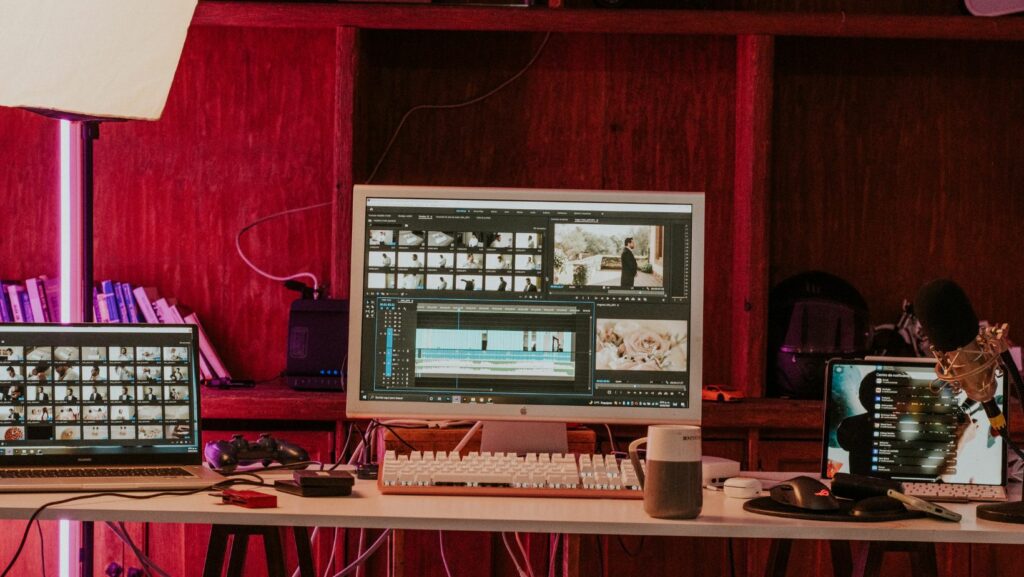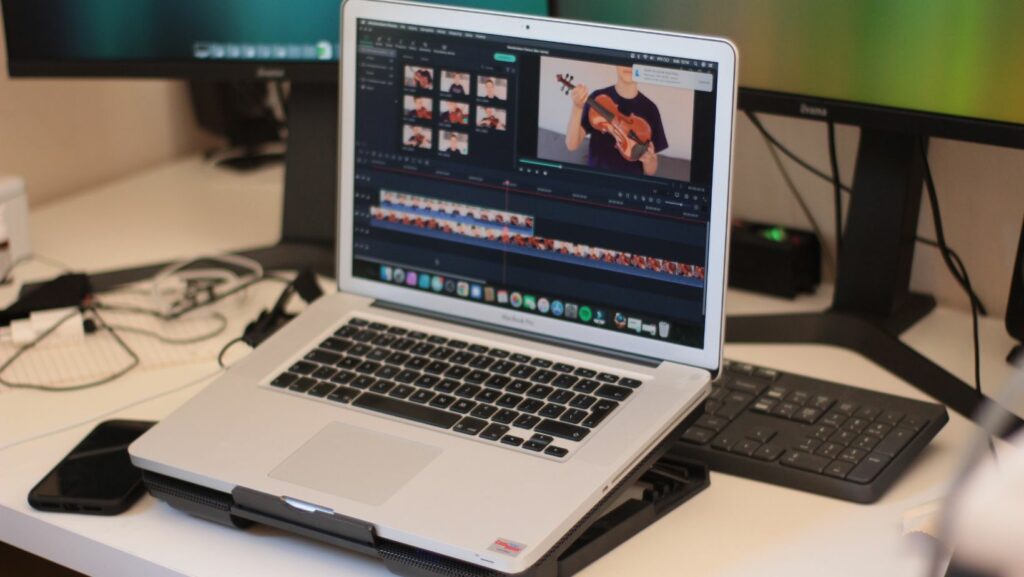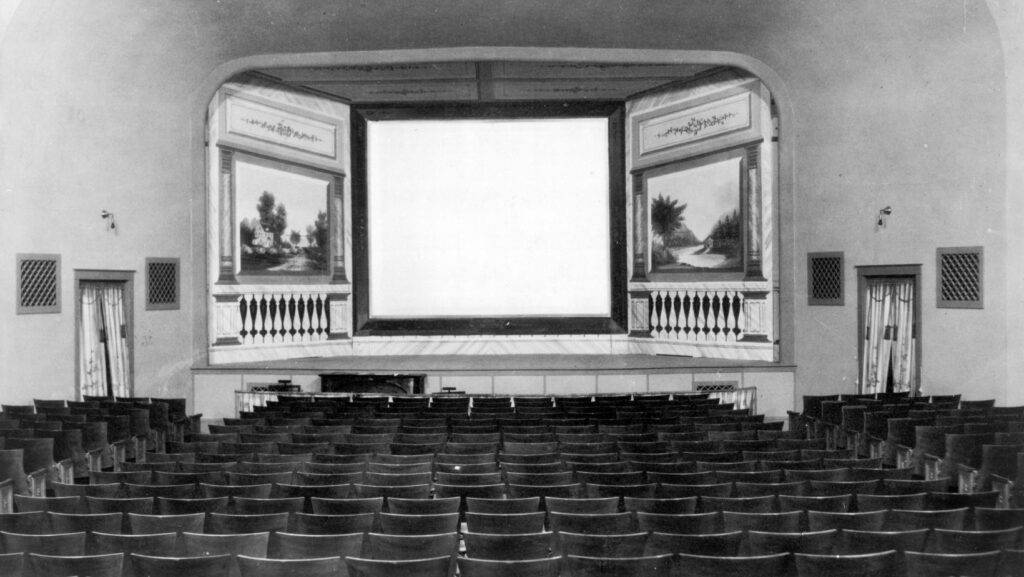What are the Latest Trends in Film Editing and Visual Effects?
In the ever-evolving world of cinema, film editing and visual effects continue to push the boundaries of storytelling. As technology advances, filmmakers embrace new techniques that captivate audiences and elevate the cinematic experience. From seamless transitions to mind-bending CGI, the latest trends in film editing and visual effects are transforming the way stories are told on screen.

Today’s filmmakers are not just focused on creating visually stunning scenes; they’re also leveraging technology to enhance narrative flow and emotional impact. Techniques like real-time rendering and virtual production are revolutionizing the industry, allowing for more dynamic and immersive storytelling. These innovations aren’t just for big-budget blockbusters; independent filmmakers are also tapping into these tools to bring their creative visions to life.
As audiences demand more engaging and visually compelling experiences, staying updated on the latest trends in film editing and visual effects is crucial for anyone in the industry. The future of filmmaking promises even more groundbreaking developments that will continue to redefine the art of cinema.
The Evolution Of Film Editing
Film editing has undergone significant transformation, consistently shaping the storytelling aspect of cinema. Analyzing its history and technological advancements reveals its impact.
Historical Context And Milestones
Early cinema relied on simple cuts and splicing techniques. Pioneers like Georges Méliès introduced edits for storytelling enhancement. In the 1920s, the Soviet Montage Theory showcased montage’s power to evoke emotions. The advent of sound in the 1930s necessitated synchronized edits, drastically altering narrative delivery methods. By the 1960s, new wave directors like Jean-Luc Godard challenged conventional edits, emphasizing narrative discontinuity.
Key Technological Advancements

Digital editing revolutionized traditional methods in the 1990s. Non-linear editing systems, such as Avid and Adobe Premiere, allowed unparalleled flexibility, speeding up post-production. The introduction of CGI enabled complex visual storytelling, creating seamless integration between live-action and effects. Recently, AI-powered tools provide automated editing solutions, learning and adapting to production needs. Cloud-based editing enhances collaboration by allowing editors worldwide to work on the same project simultaneously, further streamlining the process.
Current Trends In Film Editing
Film editing continues to evolve rapidly, integrating cutting-edge technology to enhance the craft. These advancements, including digital and AI innovations, are redefining editors’ workflows.
Non-linear Editing Software
Non-linear editing (NLE) software allows editors to access any part of a video clip without following a sequence. This flexibility lets them experiment with different shots and sequences to achieve the desired narrative impact. Major NLE platforms like Adobe Premiere Pro and Final Cut Pro offer intuitive interfaces and robust tools, streamlining complex editing tasks. These platforms’ support for high-resolution formats and cross-platform compatibility boosts efficiency and creativity in film editing.
AI And Machine Learning Applications
AI and machine learning are revolutionizing film editing by automating routine tasks. They help editors tag and organize clips, optimize video resolution, and even suggest edits based on previous work. Tools like Adobe Sensei and Blackmagic Design’s DaVinci Resolve harness AI to streamline color correction and sound editing. As these technologies advance, they not only accelerate the editing process but also open new avenues for creative exploration.
Remote And Cloud-based Editing
Remote and cloud-based editing solutions provide editors with unprecedented flexibility and collaboration opportunities. Services like Frame.io and Avid Cloud offer secure, real-time collaboration, allowing teams to work from disparate locations. These platforms facilitate seamless workflow integration, ensuring editors can access and share assets without compromising quality or security. This trend addresses the growing demand for remote work capabilities in today’s filmmaking industry, making collaboration easier and more efficient.

Film editing and visual effects are at the forefront of cinematic innovation, reshaping how stories are told and experienced. As filmmakers embrace cutting-edge technologies like AI, real-time rendering, and virtual production, they unlock new creative possibilities that captivate audiences. These advancements not only enhance visual storytelling but also democratize the filmmaking process, empowering both major studios and independent creators. As the industry evolves, staying updated on these trends is crucial for filmmakers aiming to push the boundaries of narrative and engage viewers in unprecedented ways. The future of cinema promises even more groundbreaking developments, ensuring that the art of storytelling continues to evolve and inspire.

